You are here
Back to topChallenges Arise as New Zealand’s Kiwifruit Industry Faces Warm Winter
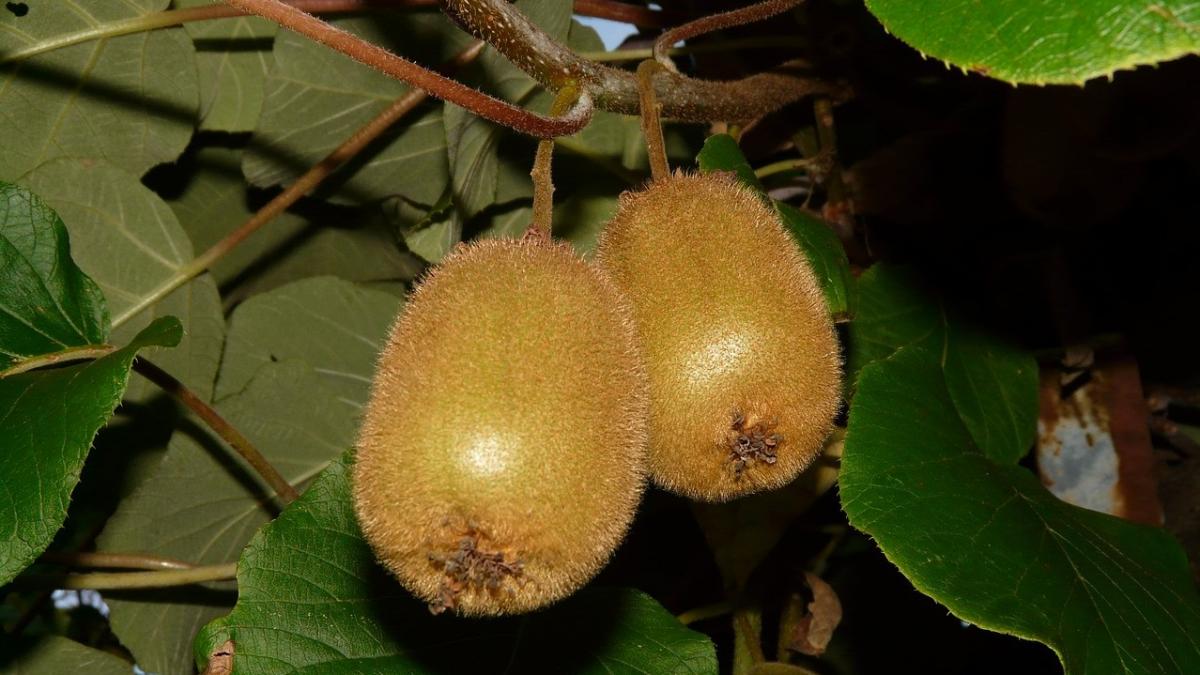
Many parts of the Northern Hemisphere are currently experiencing prolonged heatwaves. Despite New Zealand being in the Southern Hemisphere, where it is winter at present, temperatures in the country are also higher than usual, marking another warm winter. According to a news report in the New Zealand Herald, this situation means that growers in the Bay of Plenty are again facing a challenging kiwifruit growing season.
Records from the National Institute of Water and Atmospheric Research indicate that New Zealand’s temperatures in June were on average 1.4 degrees Celsius higher than normal, making it one of the warmest winters in the past 110 years.
New Zealand experiences its winter from June to August, which is also a period for pruning vines. Kiwifruit in New Zealand bloom during spring, which lasts from September through November, and go through a fruiting season in summer, from December to February of the following year. Last year, kiwifruit flowering in the Bay of Plenty was affected by high temperatures. However, this year’s situation has not improved much, as a warm winter cannot provide enough chilling hours for kiwifruit vines.
The anticipated delay in kiwifruit flowering this year will result in fewer flowers on the vines, ultimately impacting the overall yield. Growers have intentionally retained more winter buds in order to produce more flowers. However, this may have a negative effect on fruit quality.
Data from Zespri indicate that because of a series of extreme weather events, including a warm winter, Cyclone Gabrielle, frosts and hailstorms, the kiwifruit harvest in autumn 2023 will be significantly lower than those in previous years. The estimated export volume for the 2023 season is 136 million trays, which represents a 20.5% decrease compared with the 171 million trays recorded for the 2022 season.
Colin Bond, chief executive officer of New Zealand Kiwifruit Growers Incorporated, voiced significant concern over the insufficient winter chilling. Nevertheless, he also pointed out that if a cold snap occurred within the next two weeks, it could potentially deliver the necessary winter chill hours to enhance flower set.
In the rain-soaked and cloudy Hawke’s Bay, which is located south of the Bay of Plenty, there was a positive aspect to these conditions. Jonathan Brookes, a consultant from AgFirst Horticulture, explained that such days with low temperatures below 10 degrees Celsius but above zero are more conducive to winter chilling than days with cracking frosts followed by sunny weather.
Image: Pixabay
This article was translated from Chinese. Read the original article.



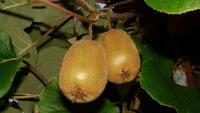
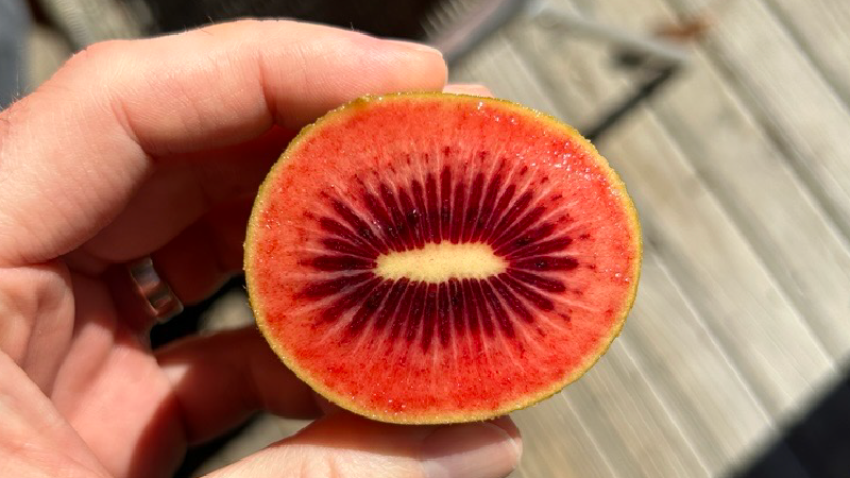
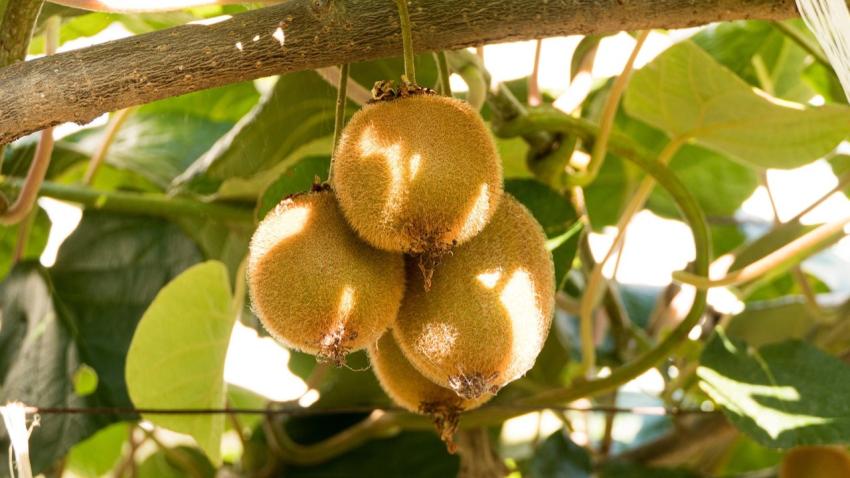
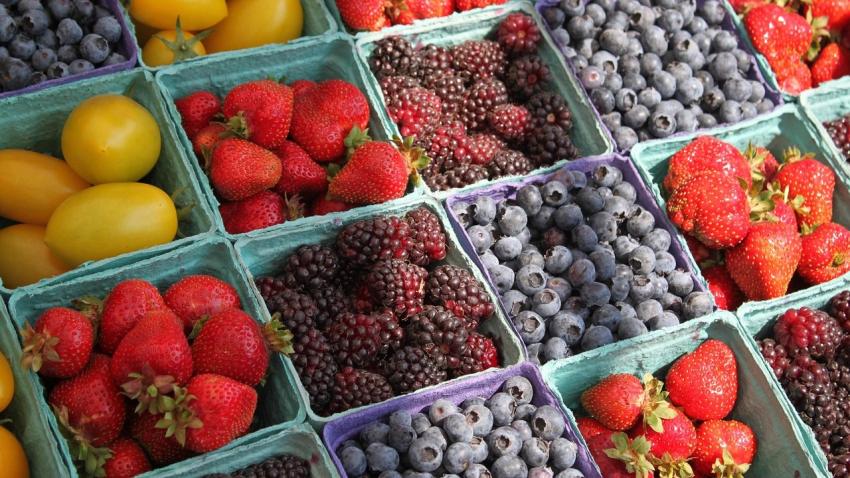
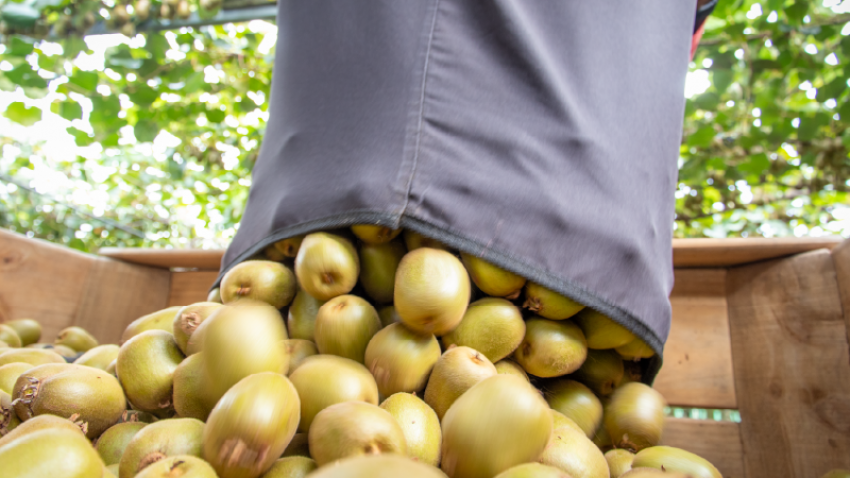







Add new comment